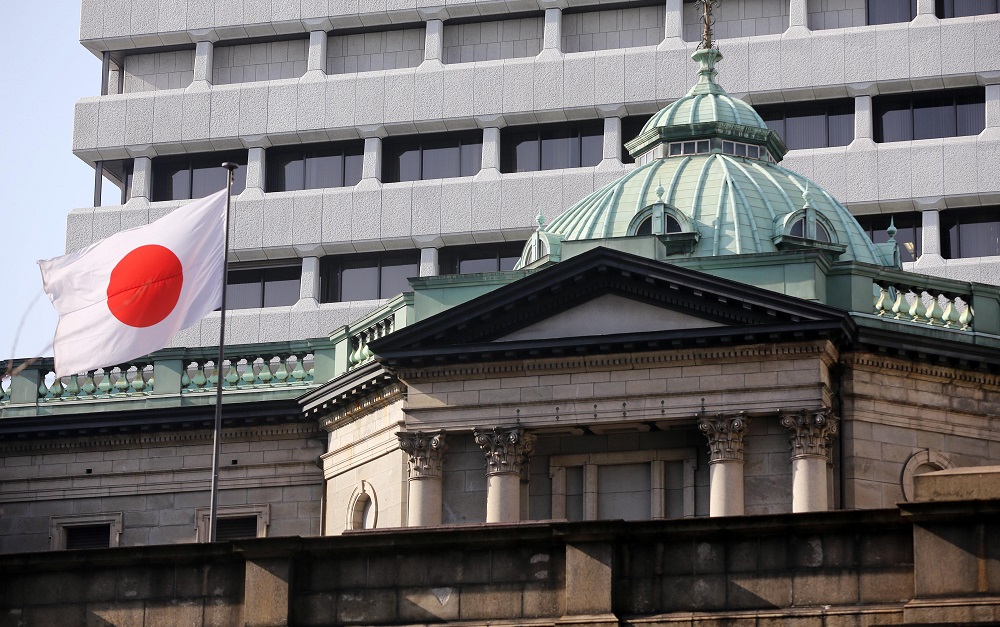Japan’s exports experienced an unexpected rise in May, marking the 27th consecutive month of growth, according to recent data. The increase, albeit modest at 0.6% annually, suggests a potential boost for the country’s economy. This development comes as a positive surprise, given the challenging economic climate caused by the ongoing global pandemic.
Meanwhile, core orders, a key indicator of business investment, recorded a decline of 5.9% on a year-over-year basis. Although this figure represents a contraction, it outperformed the expected 8.0% decline, offering a glimmer of hope for economic recovery. While challenges persist, this relatively smaller decline in core orders could be seen as a positive sign for the future.
Further analysis of the data reveals interesting trends in specific sectors. Separate statistics on orders for essential machinery indicated a 5.5% increase in April. Notably, there was a decline in orders from manufacturers, but this was counterbalanced by a surge in demand for items like computers from the service sector. This shift in demand patterns reflects the evolving landscape of the Japanese economy.
However, the overall picture is not without its challenges. The decline in exports to countries such as Taiwan and South Korea has dampened the export growth, primarily due to decreased shipments of semiconductor equipment and related products. While the increase in exports of motor vehicles partially offset this decline, it highlights the vulnerability of certain sectors to external factors.
The contrasting fortunes of Japan’s services and manufacturing sectors are worth noting. Since the easing of COVID-19 restrictions, the services sector, encompassing industries like hotels and restaurants, has experienced a flourishing period. This can be attributed to increased domestic tourism and consumer spending. In contrast, the manufacturing sector, especially in the production of cyclical products like chip-making machines, has faced challenges with weakening demand.
The expansion in May’s exports was primarily led by a remarkable 66% increase in automobile shipments. However, it is important to note that the overall expansion rate was the slowest since February 2021. While the increase in automobile shipments is undoubtedly positive, the slower overall expansion rate underscores the need for cautious optimism. It indicates the presence of ongoing uncertainties and potential headwinds that the Japanese economy must navigate.

